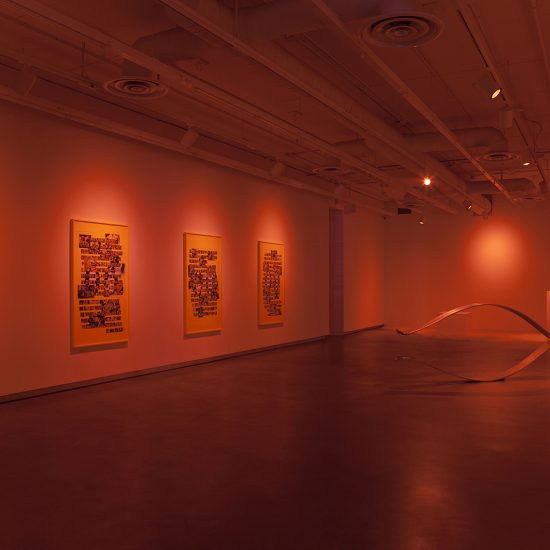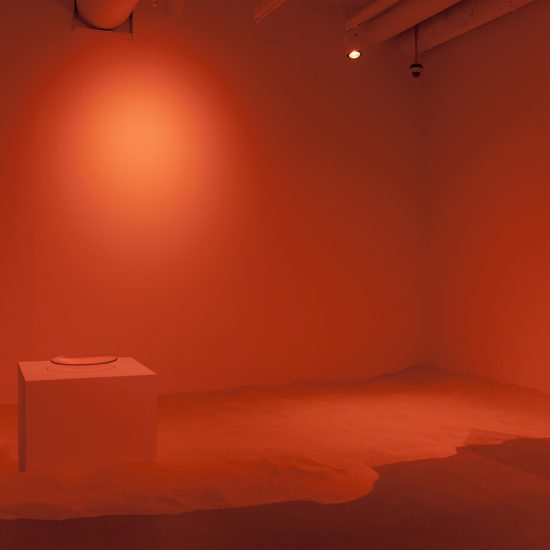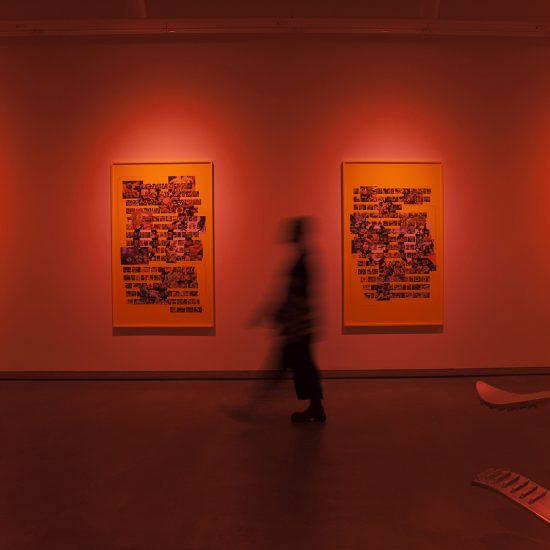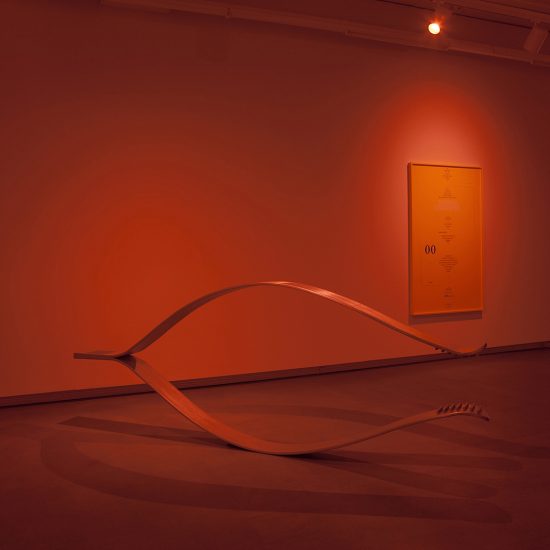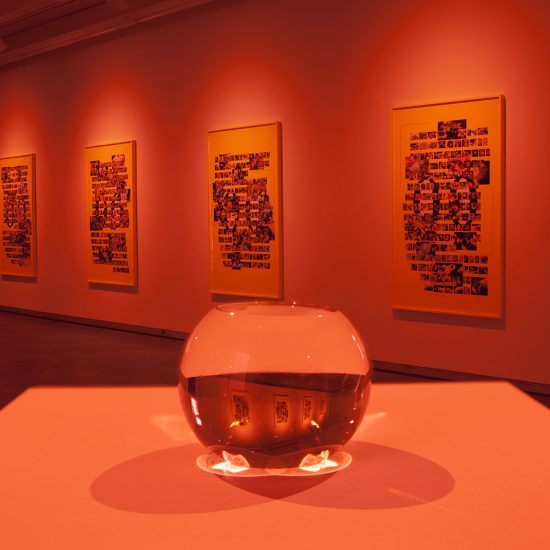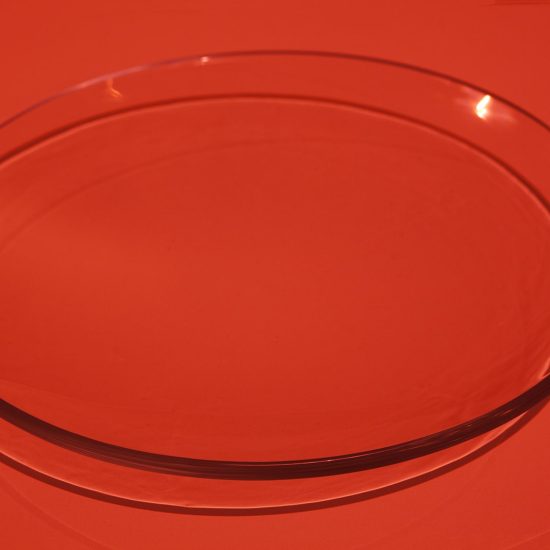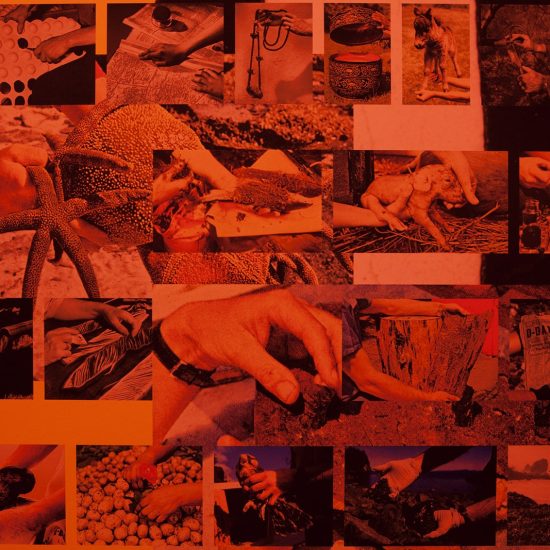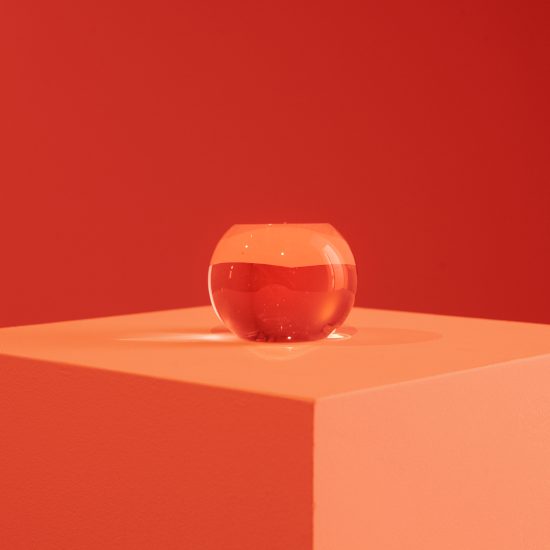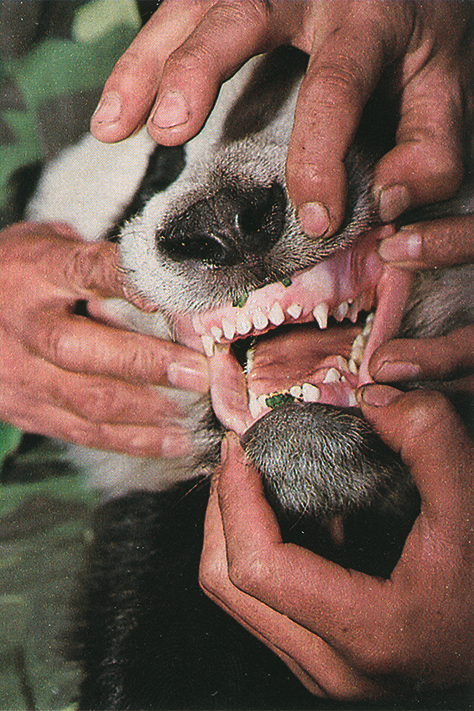
Plug In Institute of Contemporary Art is pleased to present:
Darkroom
A solo exhibition by Juan Ortiz-Apuy
September 29, 2023 – December 22, 2023
Artist Walkthrough | Friday, September 29, 2023 | 6:30 pm
Opening reception | Friday, September 29, 2023 | 7 – 10 pm
Darkroom is the title of the solo exhibition by Montreal-based Costa Rican artist, Juan Ortiz Apuy. The conception of Ortiz-Apuy’s exhibition begins with a collection of National Geographic (NG) magazine back issues he acquired from the classified ads website, Kijiji. The collection charted issues published from the beginning of the 20th century all the way to the end of that century. This was the era when the magazine slowly transitioned to predominately photographic full-page spreads, introduced colour photography, and later in the mid-century, the emergence of photography for its front cover. These transitions along with the advancement of camera technologies, encouraged a rise in travel photography, wildlife photography, and photojournalistic features, including aerial and underwater photography in the publication.
It is no news that NG, a primarily science-focused and educational institution, has played a consequential role in purveying an interpretation of the world over, the racial and ethnic other, the world peripheral to the West. Of course, NG isn’t the sole voice in framing and imaging the world at a distance to the West. NG’s publication is within a larger network of media powers and cultural artifacts that have, over the years, accreted and reinforced a framing of cultural difference. Ortiz-Apuy’s interest in the magazine is focused on the ways in which objects are consistently displayed for the camera. Particularly how the camera-ready hand recurs over and over as a means by which the pictured object is consumed by the end viewer. The hand, in these instances, serves as a conduit for identifying, measuring, collecting, and ranking samples of what it finds. In turn, the expedition photographer exercises their power with the camera, framing what is worth showing and the sample worth possessing in the form of an image souvenir. This is then transferred to the magazine’s editors and graphic designers before reaching the end consumers, completing a cycle of extraction. Out of the century-long archival NG catalog, Ortiz-Apuy (along with a team of assistants) meticulously isolated and assembled an inventory of various hand-held object displays. Each panel is categorized according to camera framing, from mid-shot to varying levels of close-ups. What amounted were hundreds upon hundreds of the same type of object presentation for the camera’s capture. These piles of fragmented images were then populated in a grid-like layout akin to an image search from any algorithmic search engine. The aggregated results are presented against NG’s signature yellow magazine cover, eschewing any chronology of its original source. For this exhibition, four panels featuring the various hand shots are amalgamated as though they were pages from the magazine. This is complete with the artist’s own lyrical text-based cover. With this explosive overload of images, the eye is flooded and subsumed. Some questions that then arise include: Why do these types of images repeat across several decades? What social and historical contexts abetted the magazine’s institutional lens toward the types of images it produced?
The artist elaborates his focus on the hand as a mediator of the captured object: he includes an augmented aluminum sculpture of a tweezer; a tool for plucking, yanking, holding, or taking a sample from a whole. At its enlarged scale, it’s as though the object has literally and figuratively gotten out of hand and run amok. It becomes imposing and domineering, perhaps even monstrous beyond what the hand can hold. It metaphorizes an intrusive violence implicit in the production of visual knowledge through NG’s archives.
Considering the gallery as a darkroom, the exhibition’s namesake, the artist draws our attention to these reinterpretations of the magazine’s archive for closer analysis and questioning. The darkroom is a site for alchemizing and producing images. By extension, it is a site of contention in the exhibition. It is a proverbial space where media giants such as NG harvested their vestigial archeological and anthropological images of the world. These images become disseminated as commodities through which parts of the world can be comprehended from a distance. To extend a touristic extractivist inherent in NG, Ortiz-Apuy creates a dialogue between other forms of resource extraction by way of silica sand mining. Sand mining and other mineral aggregates grew rapidly in the mid-20th century. Silica is a known material for creating glass, including the camera lens, and it is mined extensively throughout this province. As part of the set-like design of the exhibition, remnants of this sand are bestrewn on the gallery floor. It mimics a shore-like landscape and with the darkroom red glow, suggestive of an exotic beach sunset; a scene likely to be photographed by NG’s travel photographer. The sand here is complicated by its index to colonial expansion, land depletion, and a non-reciprocal relationship with the environment. Ortiz-Apuy’s Darkroom is an intricate multi-dimensional re-presentation of a crucial part of photography’s vexed history.
– Luther Konadu, curator | Plug In ICA
Juan Ortiz-Apuy is a Canadian-Costa Rican artist who has been living and working in Tiohtià:ke/Montreal since 2003. Ortiz-Apuy has a BFA from Concordia University (2008), a Post-Graduate Diploma from The Glasgow School of Art (2009), and an MFA from NSCAD University (2011).
His work has been exhibited across Canada and internationally in venues such as Les Abattoirs Museum of Modern and Contemporary Art (France), IKEA Museum (Sweden), Pamflett (Norway), DHC/ART Fondation Phi pour l’art contemporain (Montreal), Art Gallery of Mississauga (Mississauga), Owens Art Gallery (Sackville), Carleton University Art Gallery (Ottawa), AXENÉO7 (Gatineau), MOMENTA Biennale de l’image (Montreal), Quebec City Biennial: Manif d’art 7 (Québec), Truck Contemporary Art (Calgary), Museum London (London), Gallery 44 Centre for Contemporary Photography (Toronto), VOX Centre de l’image Contemporaine (Montreal), and The MacLaren Arts Centre (Barrie).
His work has been awarded numerous grants from the Canada Council for the Arts and Le Conseil des arts et des lettres du Québec, and has been reviewed in various publications such as Canadian Art, MOMUS, esse arts + opinions, The Gazette (Montreal), Le Devoir (Montreal), and Public Parking.
Ortiz-Apuy has completed several artist-in-residence programs, most notably at MASS MoCA (USA), The Vermont Studio Center (USA), The Frans Masereel Centre (Belgium), and the Guldagergaard International Ceramic Research Center (Denmark).
Ortiz-Apuy is an Assistant Professor in the Department of Studio Arts at Concordia University.
Acknowledgments
We are on Treaty 1 Territory. Plug In ICA is located on the territories of the Anishinaabeg, Cree, Oji-Cree, Dakota, and Dene peoples, and the National homeland of the Red River Métis. Our water is sourced from Shoal Lake 40 First Nation.
Juan Ortiz-Apuy extends his thanks to his studio assistants, Joni Cheung, Cassie Paine, Mike Goldby, and Kristina Pedersen for all their help with this exhibition.
Plug In ICA extends our heartfelt gratitude to our generous donors, valued members, and dedicated volunteers. We acknowledge the sustaining support of our Director’s Circle. You all make a difference.
We gratefully acknowledge the support of the Canada Council, the Manitoba Arts Council and Winnipeg Arts Council. We could not operate without their continued financial investment and lobbying efforts.
Plug In ICA relies on community support to remain free and accessible to all, and enable us to continue to present excellent programs. Please consider becoming a member of Plug In ICA and a donor at https://plugin.org/support or by contacting Caitlin at caitlin@plugin.org
For more information on public programming and exhibitions contact Allison Yearwood at allison@plugin.org.
For general information, please contact: info@plugin.org or call 1.204.942.1043



